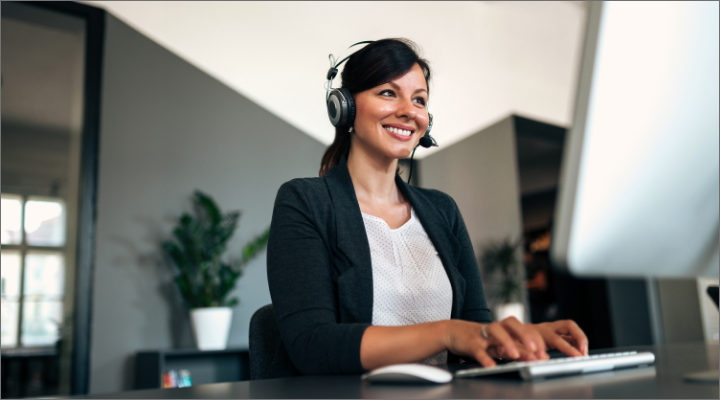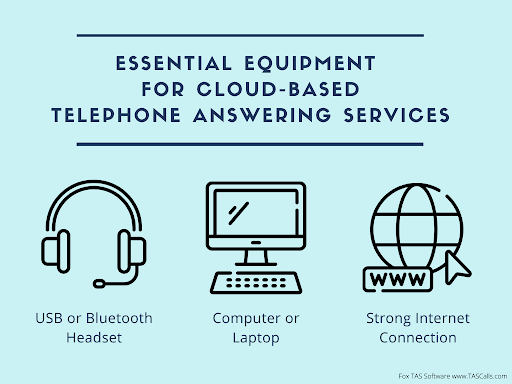All Categories
Featured
Table of Contents
- – How To Buy The Best 5 Mistakes To Avoid When Hi...
- – What The Best 6 Statistics That Prove Your Bus...
- – What Is The Best 9 Best Answering Service Prov...
- – When Are Best 12 Best Telephone Answering Ser...
- – What Is The Best Phone Answering Services - A...
- – What Is The Best Top Answering Service In Au...
How To Buy The Best 5 Mistakes To Avoid When Hiring A Phone Answering Service
This device and its successors were developed by Sava Jacobson, an electrical engineer with a private consulting company. While early answering devices utilized magnetic tape technology, the majority of modern equipment utilizes solid state memory storage; some devices use a combination of both, with a solid-state circuit for the outbound message and a cassette for the inbound messages.
"toll saving" listed below) (phone call answering). This works if the owner is evaluating calls and does not want to talk with all callers. In any case after going, the calling party needs to be notified about the call having been responded to (in many cases this begins the charging), either by some remark of the operator, or by some greeting message of the little bit, or resolved to non-human callers (e.
This holds especially for the Little bits with digitally kept greeting messages or for earlier machines (prior to the increase of microcassettes) with an unique endless loop tape, different from a second cassette, devoted to recording. There have actually been answer-only devices without any recording abilities, where the welcoming message had to inform callers of a state of existing unattainability, or e (phone answering service).
What The Best 6 Statistics That Prove Your Business Needs A Phone ... - Blog Brand To Buy

about schedule hours. In tape-recording Little bits the welcoming typically includes an invite to leave a message "after the beep". An answering device that uses a microcassette to tape messages On a dual-cassette answerphone, there is an outbound cassette, which after the specified variety of rings plays a pre-recorded message to the caller.

Single-cassette answering makers contain the outgoing message at the beginning of the tape and inbound messages on the staying area. They initially play the statement, then fast-forward to the next readily available space for recording, then tape-record the caller's message. If there are numerous previous messages, fast-forwarding through them can trigger a considerable hold-up.
This beep is typically described in the greeting message, asking for that the caller leave a message "after the beep". TADs with digital storage for the taped messages do disappoint this hold-up, naturally. A TAD might provide a push-button control center, where the answerphone owner can call the house number and, by entering a code on the remote telephone's keypad, can listen to taped messages, or erase them, even when far from home.
What Is The Best 9 Best Answering Service Providers For 2023 [Reviewed] In The World Right Now

Thus the machine increases the number of rings after which it answers the call (usually by 2, leading to four rings), if no unread messages are presently stored, however responses after the set number of rings (generally two) if there are unread messages. This allows the owner to discover whether there are messages waiting; if there are none, the owner can hang up the phone on the, e.
Some devices likewise permit themselves to be remotely triggered, if they have actually been turned off, by calling and letting the phone ring a certain big number of times (normally 10-15). Some company abandon calls currently after a smaller number of rings, making remote activation impossible. In the early days of TADs a special transmitter for DTMF tones (dual-tone multi-frequency signalling) was regionally required for push-button control, because the formerly employed pulse dialling is not apt to communicate appropriate signalling along an active connection, and the dual-tone multi-frequency signalling was executed stepwise.
Any inbound call is not identifiable with regard to these residential or commercial properties in advance of going "off hook" by the terminal equipment. So after going off hook the calls need to be changed to proper devices and only the voice-type is instantly accessible to a human, however perhaps, nonetheless must be routed to a LITTLE BIT (e.
When Are Best 12 Best Telephone Answering Service For Businesses In ... Sales
What if I informed you that you do not have to actually choose up your device when answering a consumer call? Someone else will. So practical, best? Answering phone calls doesn't need someone to be on the other end of the line. Efficient automated phone systems can do the technique simply as efficiently as a live agent and often even better.
An automated answering service or interactive voice action system is a phone system that communicates with callers without a live person on the line - local phone answering service. When business utilize this technology, customers can get the answer to a question about your organization just by utilizing interactions established on a pre-programmed call circulation.
Although live operators upgrade the consumer service experience, numerous calls do not require human interaction. An easy taped message or guidelines on how a consumer can retrieve a piece of information typically fixes a caller's immediate need - telephone answering service. Automated answering services are a basic and efficient method to direct inbound calls to the right individual.
What Is The Best Phone Answering Services - Australian Virtual Receptionists You Can Buy
Notification that when you call a business, either for support or product questions, the very first thing you will hear is a pre-recorded voice greeting and a series of alternatives like press 1 for customer care, press 2 for questions, and so on. The pre-recorded alternatives branch out to other options depending upon the client's choice.
The phone tree system assists direct callers to the best person or department utilizing the keypad on a cellphone. In some circumstances, callers can use their voices. It's worth noting that auto-attendant alternatives aren't limited to the ten numbers on a phone's keypad. As soon as the caller has selected their very first alternative, you can design a multi-level auto-attendant that utilizes sub-menus to direct the caller to the right type of help.
The caller does not need to interact with a person if the auto-attendant phone system can manage their issue. The automatic service can route callers to a staff member if they reach a "dead end" and need support from a live representative. It is expensive to employ an operator or executive assistant.
What Is The Best Top Answering Service In Australia - 2023 Reviews?
Automated answering services, on the other hand, are significantly less costly and offer substantial expense savings at an average of $200-$420/month. Even if you don't have devoted personnel to manage call routing and management, an automated answering service improves productivity by permitting your group to focus on their strengths so they can more efficiently spend their time on the phone.
A sales lead routed to customer care is a lost shot. If a consumer who has item concerns reaches the wrong department or receives insufficient responses from well-meaning employees who are less trained to deal with a particular type of question, it can be a cause of disappointment and frustration. An automated answering system can lessen the number of misrouted calls, therefore helping your employees make better usage of their phone time while maximizing time in their calendar for other tasks.
With Automated Answering Systems, you can create a personalized experience for both your staff and your callers. Make a recording of your main greeting, and merely update it regularly to reflect what is going on in your organization. You can produce as many departments or menu choices as you want.
Table of Contents
- – How To Buy The Best 5 Mistakes To Avoid When Hi...
- – What The Best 6 Statistics That Prove Your Bus...
- – What Is The Best 9 Best Answering Service Prov...
- – When Are Best 12 Best Telephone Answering Ser...
- – What Is The Best Phone Answering Services - A...
- – What Is The Best Top Answering Service In Au...
Latest Posts
Guaranteed Virtual Receptionist Near Me – Perth
Trusted Virtual Assistant Phone Answering Near Me
Scalable Virtual Receptionist with Flexible Solutions
More
Latest Posts
Guaranteed Virtual Receptionist Near Me – Perth
Trusted Virtual Assistant Phone Answering Near Me
Scalable Virtual Receptionist with Flexible Solutions